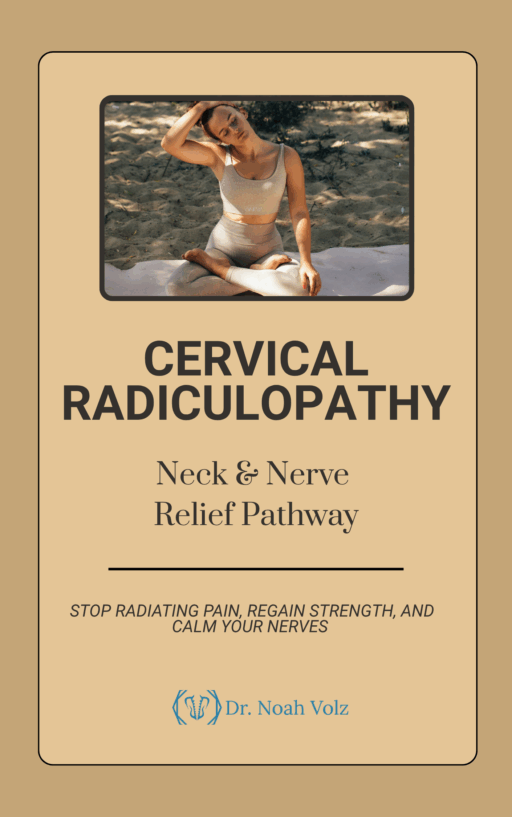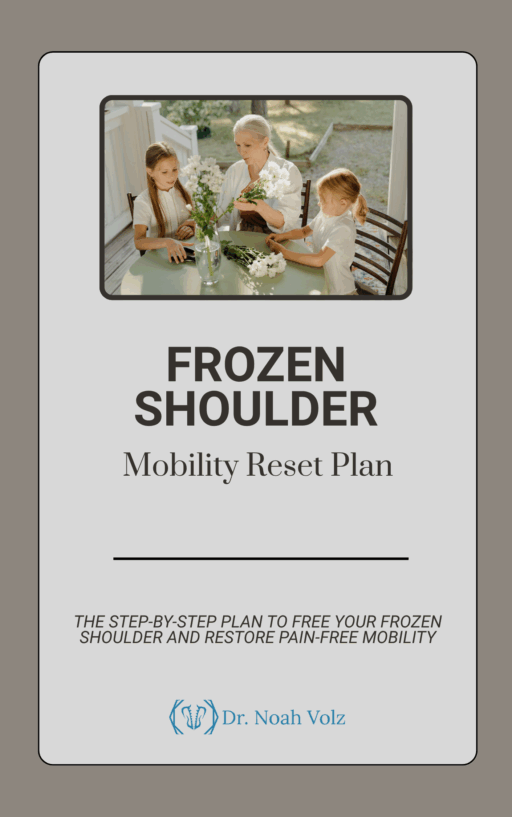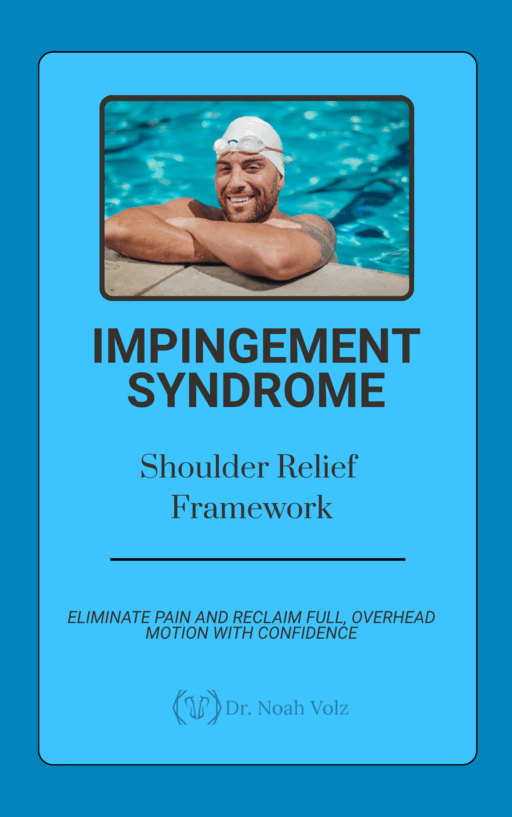It was late afternoon when Michael bent down to tie his shoe. He felt a sharp twinge in his lower back—something he had grown used to over the years. The discomfort wasn’t always there, but it had a way of creeping up at the most inconvenient moments. He had tried stretches, pain relievers, and even a standing desk, but nothing seemed to fix the problem. What Michael didn’t realize was that his pain wasn’t just in his back—it was in the way his body failed to stabilize under load.
The Hidden Role of Core Stability
Most people think of the core as a six-pack of muscles that simply need to be strengthened, but true core stability is far more complex. According to research presented at the Parker Seminars, spinal stability is the result of a delicate balance between muscle activation, nervous system control, and movement mechanics.
Stability comes from three key systems:
-
Passive System: The bones, ligaments, and intervertebral discs provide a structural foundation.
-
Active System: The muscles surrounding the spine, including the deep core stabilizers, generate movement and maintain postural control.
-
Neural Control System: The brain and nervous system coordinate muscle activation, ensuring proper timing and force distribution during movement.
When any one of these systems is compromised, spinal instability occurs, leading to compensatory movement patterns and, ultimately, pain.
How Poor Stability Leads to Chronic Pain
Michael’s problem wasn’t just a weak back—it was a weak connection between his brain and body. Studies show that when the nervous system fails to properly engage the core muscles, excessive stress is placed on passive structures like discs and ligaments, leading to microtrauma and pain.
This instability manifests in different ways:
-
Micro-movements in the spine cause irritation to nerve roots and surrounding tissues.
-
Compensatory muscle tension leads to stiffness, fatigue, and discomfort.
-
Reduced shock absorption increases strain on the lower back during everyday activities.
Without retraining the brain and body to engage the core effectively, pain cycles persist—even in the absence of structural damage.
Building Spinal Stability: A Neurological Approach
The key to reducing back pain isn’t just strengthening the core—it’s retraining it. Research from Stuart McGill and other experts suggests that optimal spinal stability is achieved through proximal stability for distal athleticism—meaning the core must engage first to support movement elsewhere in the body.
1. Training the Deep Core Muscles
Traditional ab exercises, like crunches, often miss the mark. Instead, chiropractors and movement specialists focus on:
-
Bracing techniques – Engaging the transverse abdominis and multifidus to create a corset-like effect around the spine.
-
Anti-rotation exercises – Such as plank pull-throughs, which train the core to resist unwanted movement.
-
Controlled breathing patterns – Teaching diaphragmatic control to support spinal mechanics and reduce tension.
2. Enhancing Movement Literacy
Spinal stability isn’t just about strength—it’s about how the brain organizes movement. Chiropractic adjustments, in combination with targeted exercises, help reprogram faulty movement patterns by improving proprioception (body awareness). Studies suggest that movement-based interventions like the McKenzie Method help patients “re-map” pain responses, allowing them to move more freely without fear.
3. Managing Load and Capacity
Many back pain sufferers, like Michael, unknowingly exceed their body’s capacity to handle load. This can be seen in everything from improper deadlifting form to bending over incorrectly to pick up a grocery bag. Chiropractors assess movement patterns to determine where an individual is exceeding their mechanical threshold and provide corrections to build strength without strain.
4. Restoring Spinal Hygiene
Everyday habits, such as sitting posture, how we get out of bed, and even how we breathe, influence spinal stability. Chiropractors teach patients spinal hygiene techniques like:
-
Hip hinging instead of bending at the waist
-
Using the “stir the pot” exercise for dynamic core engagement
-
Thoracic extension drills to combat forward-head posture
Michael’s Journey to a Stable Spine
At first, Michael was skeptical. He thought his back pain was simply a result of getting older. But as he worked with his chiropractor, he realized that his pain wasn’t from wear and tear—it was from poor movement habits and instability. Through targeted core activation, sensory reprogramming, and spinal hygiene techniques, his pain began to fade. More importantly, he regained the confidence to move freely again.
For those struggling with chronic back pain, the solution isn’t just to strengthen muscles—it’s to retrain the nervous system and restore stability from the inside out. With the right approach, the spine can become resilient, adaptable, and pain-free.
Want to know what kind of back pain you have?
-

Bicep Tendon Pain Solution
$50.00 -

Brain Detoxification & Recovery System
$50.00 -

Brain Energy and Endurance Support System
$50.00 -

Brain-Based Movement and Motor Control Training
$50.00 -

Centralized Low Back Pain
$50.00 -

Cervical Radiculopathy: Neck and Nerve Relief Pathway
$50.00 -

Complex Low Back Pain
$50.00 -

Complex Radiating Low Back Pain
$50.00 -

Cross-Pattern Low Back Pain
$50.00 -

Frozen Shoulder Mobility Reset Plan
$50.00 -

Impingement Syndrome: Shoulder Relief Framework
$50.00 -

Mastering Brain Senses: Rebuild Your Hearing, Vision, and Body Awareness
$50.00












